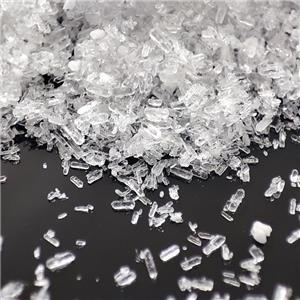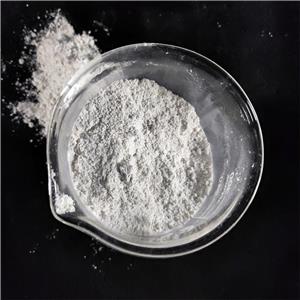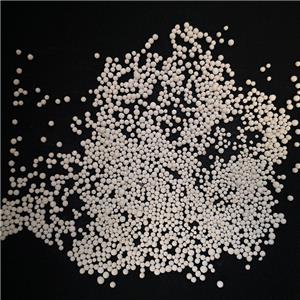What does talc do in coating?
Talc powder (talcum powder, chemically hydrated magnesium silicate, Mg₃Si₄O₁₀(OH)₂) is a widely used functional filler in the coatings industry due to its unique physical and chemical properties. Its lamellar (plate-like) structure, softness (Mohs hardness of 1), and hydrophobic nature make it an excellent additive in water-based, solvent-based, and powder coatings. Below is an expanded discussion on its functions, advantages, and applications.
1. Mechanical Reinforcement & Durability Enhancement
Talc Powder For coating Improved Film Strength & Scratch Resistance
Talc’s platelet structure interlocks within the coating matrix, enhancing:
Abrasion resistance – Talc powder Reduces wear in high-traffic areas (e.g., floor coatings).
Impact resistance – Talc powder Helps prevent cracking upon mechanical stress.
Flexural modulus – Talc powder Increases stiffness, useful in industrial and automotive primers.
Talc Powder For coating Reduced Shrinkage & Cracking
During drying/curing, coatings tend to shrink, leading to microcracks. Talc:
Talc powder Acts as a reinforcing filler, minimizing shrinkage.
Talc powder Improves dimensional stability, especially in thick-film applications.
2. Optical & Surface Properties Modification
Matte & Low-Gloss Effects
Talc powder scatters light due to its irregular particle shape, making it ideal for:
Matte architectural paints (e.g., interior wall coatings).
Semi-gloss industrial finishes where reflectivity control is needed.
Smooth Surface Finish
Fine Talc For Architectural Coatings (micronized grades) improves film smoothness and substrate coverage.
Reduces orange peel effect in spray-applied coatings.
Synergy with Other Pigments
While Talc For Architectural Coatings itself has low hiding power (opacity), it works well with TiO₂, enhancing pigment dispersion and cost efficiency.
3. Chemical & Environmental Resistance
Corrosion & Alkali Resistance
Talc For Architectural Coatings is chemically inert, making it suitable for:
Anticorrosive coatings (e.g., marine, pipeline protection).
Cementitious coatings (resists alkali attack in concrete).
Weather & UV Stability
Improves chalk resistance in exterior paints.
Reduces photo-oxidative degradation in outdoor applications.
Moisture & Gas Barrier Properties
The layered structure of Talc For Architectural Coatings can slow down moisture penetration, useful in:
Food packaging coatings
Protective industrial coatings
4. Rheology & Processing Benefits
Suspension Stability & Anti-Settling
Talc Powder For coating helps prevent pigment settling in storage due to its thixotropic effect.
Talc Powder For coating Reduces the need for additional anti-sedimentation agents.
Talc Powder For coating Improved Application Properties
Talc Powder For coating Adjusts viscosity for better brushability, rollability, or sprayability.
Talc Powder For coating Enhances film build in high-solids coatings.
5. Cost Efficiency & Sustainability
Extender Function: Replaces a portion of expensive binders (e.g., acrylics, epoxies) without sacrificing performance.
Low Abrasiveness: Extends equipment life compared to harder fillers like silica.
Eco-Friendly Option: Naturally occurring mineral, often used in low-VOC and green coatings.




